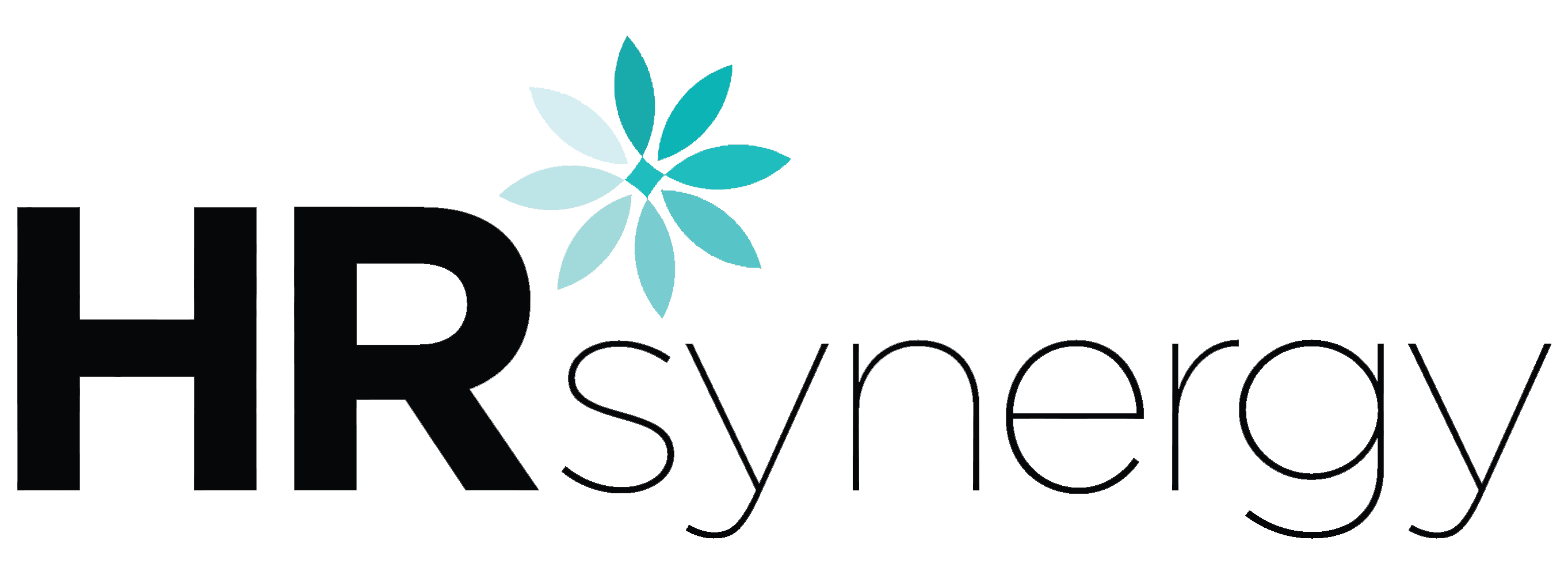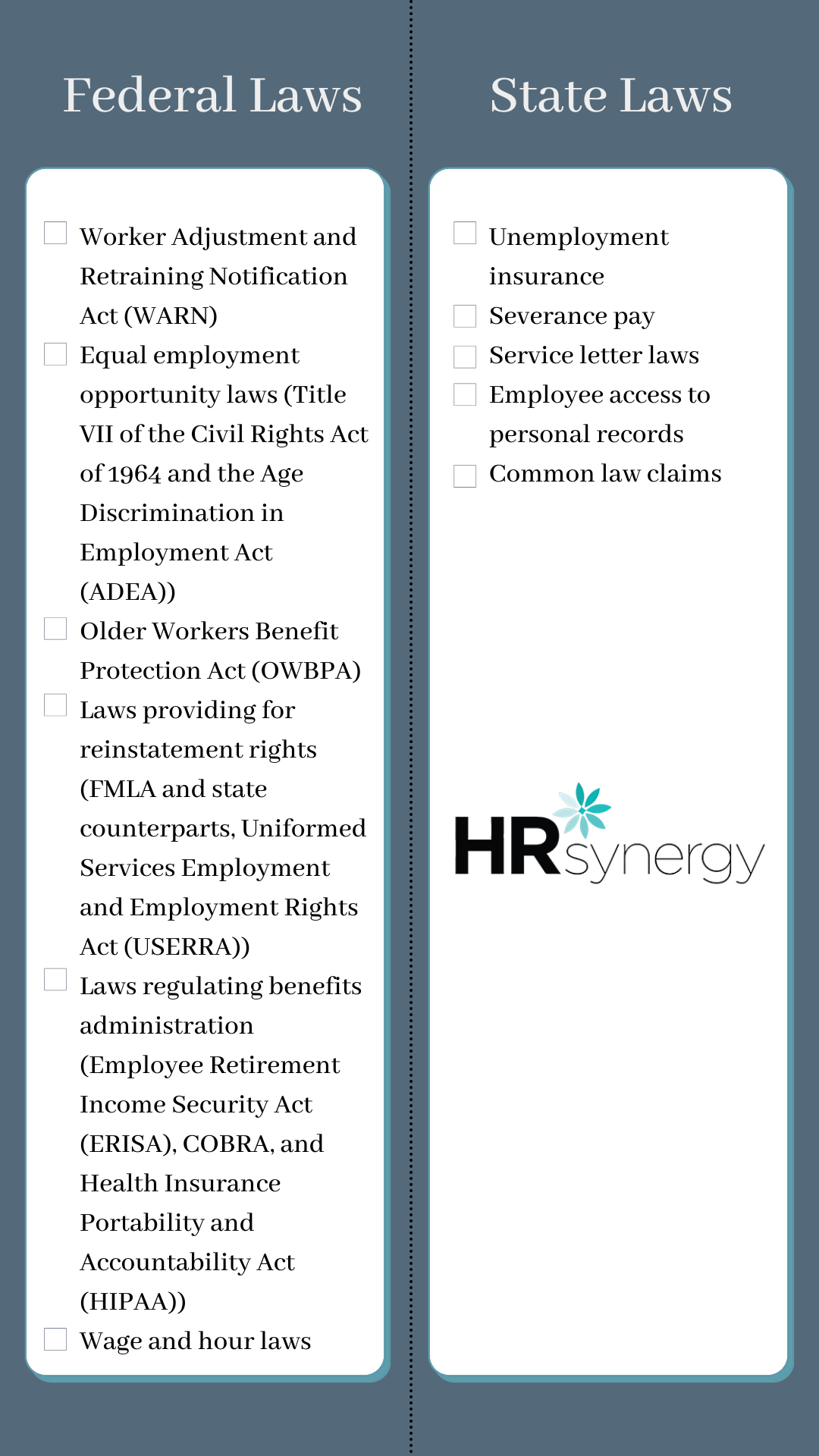Traditional office hours, are they out-dated?
 For Gen Z employees, their peak productivity typically is later at night, not the standard 9-5 employers are accustomed to. A study from Adobe found that over a quarter (26%) of Gen Z workers reported their peak productivity time between 6:00pm-3:00am, versus 18% of millennials, 13% of Gen X, and 6% of Boomers. Peak productivity times vary between generations. Boomers reported peak productivity in the early morning (3:00am-9:00am). 76% of Gen X employees say they are most productive from 9:00am-6:00pm. Gen Z employees were the least likely to report peak productivity during the traditional 9:00am-5:00pm. Over 60% of Millennial and Gen Z employees feel pressured to work traditional hours, even if they are not as effective, versus 52% of Gen X and only 42% of Boomers feel this pressure.
For Gen Z employees, their peak productivity typically is later at night, not the standard 9-5 employers are accustomed to. A study from Adobe found that over a quarter (26%) of Gen Z workers reported their peak productivity time between 6:00pm-3:00am, versus 18% of millennials, 13% of Gen X, and 6% of Boomers. Peak productivity times vary between generations. Boomers reported peak productivity in the early morning (3:00am-9:00am). 76% of Gen X employees say they are most productive from 9:00am-6:00pm. Gen Z employees were the least likely to report peak productivity during the traditional 9:00am-5:00pm. Over 60% of Millennial and Gen Z employees feel pressured to work traditional hours, even if they are not as effective, versus 52% of Gen X and only 42% of Boomers feel this pressure.
70% of Gen Z employees would consider leaving their current jobs for a job with more schedule autonomy. About 75% of younger generation employees say they would switch jobs for better work-life balance and 66% would switch for remote work. Gen X and Boomer employees’ responses were lower than Gen Z (50%), assuming salary and job descriptions do not change. However, Gen Z is not alone in the desire to control their work hours; 51% of all respondents (regardless of age) prefer to work when it is most convenient for them versus 16% who want to work on a prescribed schedule.
Today’s employees not only want flexibility; they want to work efficiently. 70% of Gen Z, 52% of Gen X, and 37% of Boomer workers would switch jobs for access to tools that improve efficiency and productivity. Businesses can implement organizational adaptations to attract and retain top workers. Otherwise, burnout for strict work requirements are likely. Over 50% of Gen Z and Millennial employees intend to change jobs this year, compared to 25% of Gen X and Boomer employees. As not to loose quality employees across generations, here is a list of business practices to follow:
- Set guidelines and standards to minimize conflict (core work hours, work location)
- Establish asynchronous vs. synchronous work guidelines
- Survey employees for feedback
- Find flexibility alternatives if work-hours are not pliable
- Develop tools to reduce menial tasks that take away from high-value work time
We at HR Synergy lead trainings to understand generations in the workplace. Contact us today to schedule one!





